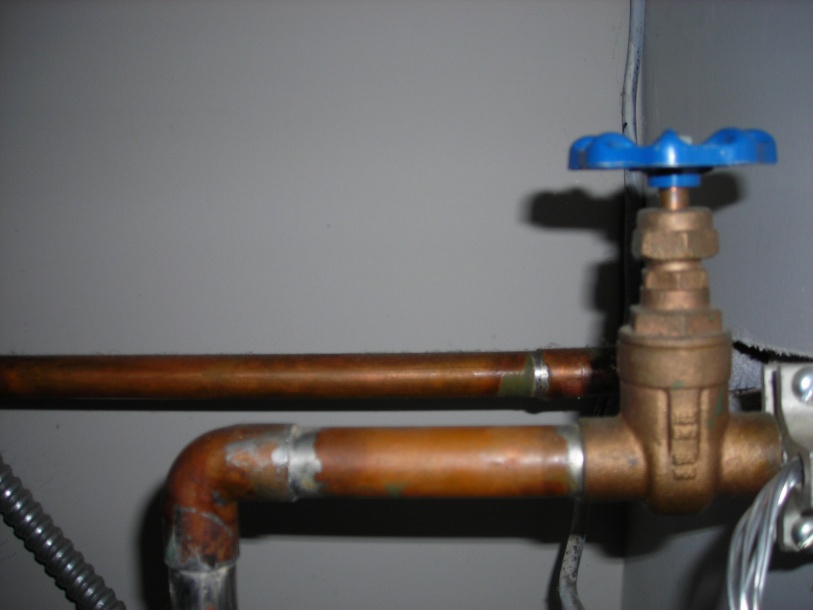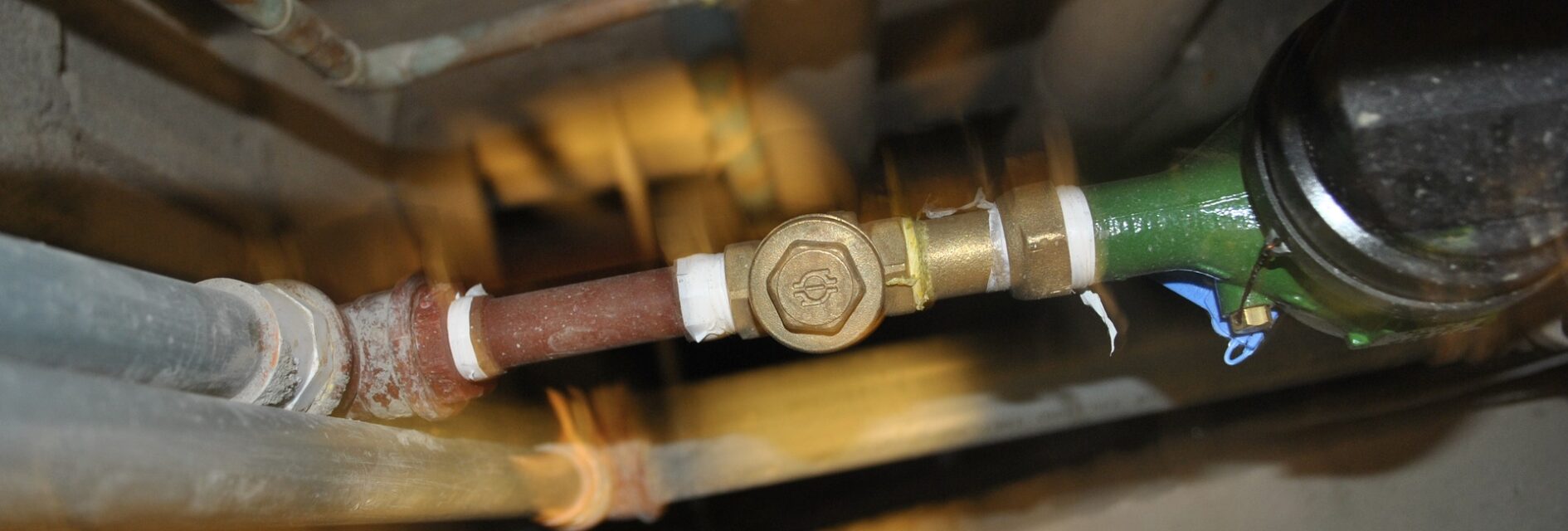Just how do you feel when it comes to Main Plumbing Issues Found in Old Houses?

Older homes often include beauty, personality, and history, but they can also bring a host of pipes concerns. Whether you're managing aging pipes, low water stress, or leakages, recognizing how to deal with these typical troubles is vital to maintaining a safe and useful home. In this overview, we'll discover the common plumbing obstacles encountered by older homes and supply sensible options to maintain your plumbing in top form.
Understanding Typical Pipes Problems
Aging Pipelines
One of one of the most typical issues in older homes is maturing pipelines. Depending on the period in which your home was developed, the pipes may be made from products that have degraded over time, such as galvanized steel, cast iron, and even lead. These materials can rust, come to be fragile, or establish leakages, leading to water damage and potential health hazards.
Low Tide Stress
If you're experiencing low water pressure, it could be as a result of natural resources, corrosion inside the pipelines, or old components that are no more working successfully. This can be a significant aggravation, particularly in locations like showers and sinks.
Dripping Pipes
Leaks are an additional regular concern in older homes, frequently brought on by corroded or worn-out pipelines. Also little leakages can result in significant water damages, mold and mildew growth, and increased water costs if not resolved promptly.
Out-of-date Components
Outdated plumbing components such as taps, commodes, and showerheads not only look old however may additionally be less reliable, prone to leakages, or inappropriate with contemporary pipes standards.
Pipeline Rust
Deterioration is an usual problem in older pipelines, specifically those made from galvanized steel or actors iron. Corroded pipes can restrict water circulation, create discoloration, and eventually result in leakages or pipeline bursts.
Evaluating the Condition of Your Plumbing
Evaluating Noticeable Pipelines
Beginning by examining any type of noticeable pipes in your home, such as those in cellars, crawl spaces, or under sinks. Search for signs of rust, leaks, or rust, which can suggest underlying problems.
Checking for Leaks
Check for leaks by examining areas around faucets, toilets, and under sinks. You can also monitor your water meter before and after a period of no water use to spot covert leaks.
Water Quality Testing
Older pipes can affect the top quality of your water. Conduct a water top quality examination to look for impurities such as lead, corrosion, or various other contaminations that might be introduced by aging pipes.
Solutions for Common Plumbing Problems
Changing Aging Pipelines
If your home has old, weakening pipelines, take into consideration replacing them with modern materials like copper or PEX. This can be a considerable financial investment, yet it will certainly prevent future issues and boost the safety and dependability of your pipes system.
Fixing Low Tide Stress
To repair low tide stress, start by cleaning or changing old fixtures and removing mineral accumulation in the pipelines. If the trouble continues, it may be essential to change sections of rusty pipes.
Repairing and Replacing Leaking Pipelines
For small leaks, you can make use of pipe clamps or epoxy putty as a momentary fix. Nonetheless, it's finest to change leaking pipelines completely to avoid further damage.
Updating Fixtures
Upgrading old fixtures to modern, water-efficient designs can enhance your home's pipes performance and reduce water intake. Try to find fixtures with the WaterSense label for the very best efficiency.
Managing Pipe Deterioration
If your pipelines are corroded, replacing them with corrosion-resistant materials like copper, PVC, or PEX is the very best option. Normal examinations and water top quality upkeep can assist protect against even more deterioration.
When to Call a Professional
While some plumbing concerns can be managed with do it yourself solutions, there are times when it's ideal to contact a specialist. If you're handling significant leaks, considerable corrosion, or are uncertain concerning the condition of your pipes, an accredited plumbing can supply expert assessment and repair service.
Preventive Maintenance Tips
Regular Evaluations
On a regular basis examine your pipes system for indicators of deterioration. Catching problems early can stop expensive repair work down the line.
Water Pressure Policy
Ensure your water stress is within the advised variety to prevent worrying your pipes and fixtures. A plumbing technician can set up a pressure regulator if required.
Water High Quality Maintenance
Install water filters or softeners if your water quality is poor. This can protect your pipelines and components from damages brought on by difficult water or pollutants.
Positive Pipe Substitute
If your home has older pipes, consider aggressive substitute before significant problems arise. This can save you from emergency situation repair services and water damage.
Verdict
Taking care of plumbing concerns in older homes calls for a combination of watchfulness, preventative upkeep, and timely upgrades. By recognizing the typical challenges and recognizing when to look for expert help, you can guarantee your plumbing system continues to be useful and reliable for many years to come.
6 Common Plumbing Problems in Older Homes and How to Solve Them
Corroded Pipes
- Yellow, green, or brown discolored water
- White, green, or red discoloration on pipes beneath your sink or in your basement
- A water meter that runs when no water is flowing
- Rising monthly water bills without increased usage
- Wet or sagging carpeting or flooring, a sign of leaks under your concrete foundation
Lead
Lead is highly toxic in a number of ways, from causing aches, constipation, and fatigue to interfering with how brains function and develop, decreasing fertility, and leading to hypertension and anemia. Unlike most other toxins, our bodies have no ability to purge lead. Despite all these effects, our knowledge of lead s toxicity is relatively recent.
That s why, prior to the development of cast iron, applications for lead included sewer lines, water mains, and pipe fittings for its flexibility and durability. You can t see, taste, or smell lead in drinking water, so the Centers for Disease Control and Prevention (CDC) recommends having your water tested by your water provider. If they tell you your home has lead service lines, ask if they offer removal programs.
Galvanized Steel
Galvanized pipes were used for water lines in homes built before the 1960s and featured a protective coating of zinc. As the zinc erodes, the metal can corrode, causing old pipes to clog with rust or break.
Polybutylene
Originally a replacement for copper water lines, this plastic piping reacts with oxidants in many public water systems, which causes flaking and cracking. Any home built in the 1980s or early 1990s, especially mobile homes, may have polybutylene pipes that need replacing before they fail.
Pipe Bellies in Main Drains
Many pipes are installed underneath homes, either buried in the ground or encased in the concrete slab of the foundation. These pipes can shift downward as houses settle gradually, creating negative slopes called pipe bellies that restrict water flow and cause pools that collect waste and sediment. These bellies eventually get stopped up and leak.
Bellies, or sags, are not a concern in a water main because the line is pressurized, but they are a concern in a main drain. A sag holds water and the low point creates a location for waste to hang out and eventually clog. It also attracts tree roots due to the standing water.
Failing Sewer Lines
When buried sewer lines fail, they can back up into your home. Modern appliances force more water through sewer lines, so extensive remodeling in older homes may lead to the risk of sewer line failure. Sewer lines can also be damaged by shifting foundations or tree roots.
- Foul-smelling wastewater backing up into your home
- An egg-like or unpleasant smell in your home
- Multiple slow drains, which can indicate a partially blocked sewer line
- Unexplained puddles or soft spots in your yard when it hasn t rained recently
Outdated Fixtures and Connections
Part of the charm of a historic home is the many antique faucets and fixtures throughout. Sadly, though, these features won t last forever. Corrosion and wear on hardware and connections can cause low water pressure and leaks, making water use in your home inconvenient.
Many homeowners opt to deal with these inconveniences, but this is risky. Small leaks and minor issues left unattended can become more severe over time, potentially leading to more costly plumbing repairs and permanent water damage to your home.
Badly Executed Repairs
The older your home, the longer it s had to experience problems. Even if you re careful with your fixtures and plumbing, previous owners may not have been. Before you purchased the home, there may have been DIY repairs made by unqualified former homeowners or a general handyperson.
If you suspect your home may have any of these problems, contact a professional plumber to get a plumbing inspection. They will be able to determine if there are any improper repairs and rectify any of the common problems on this list.
Poor Draining
Pipe bellies may be the most common cause of slow draining pipes in an old home, but there are several reasons your sinks, showers, and other plumbing fixtures could be draining slowly.
Issues or clogs with the vent stack are possible, but more likely, decades of soap, scum, and other debris has caused clogs somewhere in your pipes. In homes surrounded by old trees, it s also possible that root growth is also disturbing the pipes.
To determine why water is draining slowly, you ll need to call in a plumber for a thorough inspection.
https://www.angi.com/articles/old-plumbing-poses-problems-historic-homes.htm

As a fervent person who reads on Plumbing Issues in Older Properties and How to Fix Them, I think sharing that piece of writing was beneficial. I beg you take a moment to promote this blog post if you appreciated it. I treasure reading our article about Plumbing Problems In Old Homes.
Click Here
Comments on “Advice for Managing Plumbing in Older Homes: What You Need to Know”